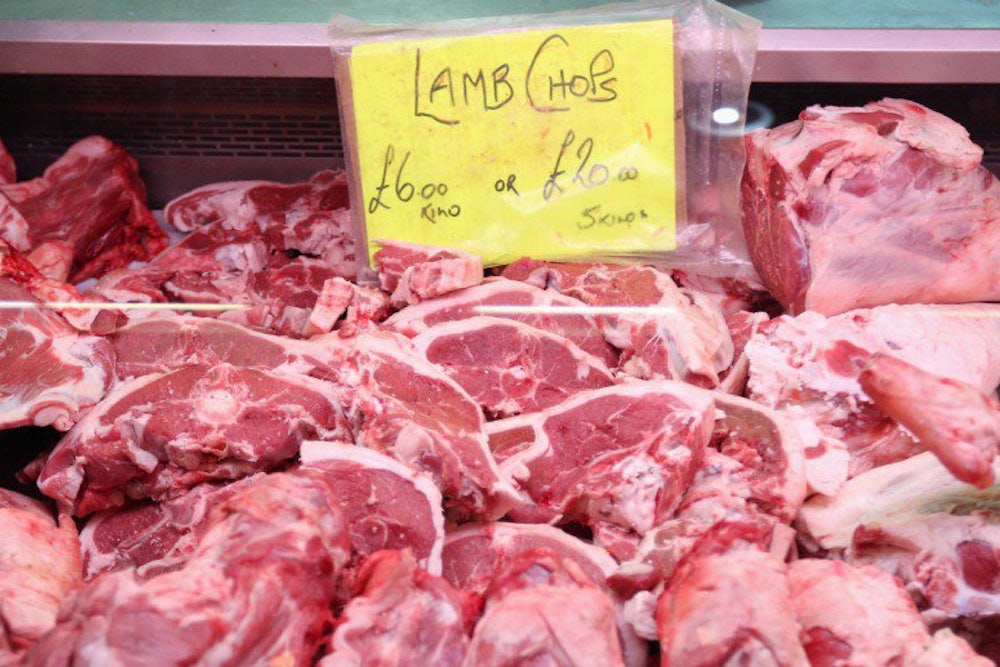Do you know what the "T-bone" in a T-bone steak is, or where it's located on the steer's skeleton? For that matter, do you care?
Unless you're a butcher, a chef, or an avid foodie, you almost certainly answered "No" to the first question, and there's a decent chance you did likewise for the second. In a culture where both parents typically work and people have less time to cook, America's meat literacy is at a low ebb. Your grandmother could probably look at a butcher case and tell you which part of the carcass each steak or chop came from, but most consumers nowadays would be hard-pressed to tell the difference between top loin, top sirloin, and top round. Many of them also probably think the "top" refers to "top-quality," which it doesn't.
In an attempt to help educate consumers, or at least make things simpler for them, the beef and pork industries have collaborated on a new set of meat naming and labeling terms, with the lamb and veal industries expected to follow shortly. Technically speaking, the new lingo is a revision of the Uniform Retail Meat Identification Standards, but that's too wordy, so let's call it something simpler: Meat for Dummies.
The new Meat for Dummies nomenclature, announced earlier this month and slated to start appearing in supermarkets this summer, is designed to make your local meat case less confusing, in part by using the same terminology across different animals. The term "ribeye," for example, has traditionally been associated with beef, but pork loin rib chops will now be known as ribeye chops. Similarly, top loin pork chops will now be known as porterhouse chops.
If that sounds like a sneaky way to make pork chops sound sexier and command a higher price point just in time for the summer grilling season, then congratulations! You've just learned the first lesson of Meat for Dummies, which is that meat can be rebranded, just like everything else. There's nothing wrong with this per se (or at least it's no more wrong than when every other industry does it), but it makes Meat for Dummies feel more like a corporate marketing scheme than a consumer-friendly information program.
If you're a fairly serious cook, Meat for Dummies will force you to re-learn a bunch of terms and may render your favorite cookbooks and recipes obsolete. Then again, fairly serious cooks aren't Meat for Dummies' target audience. And that leads us to the real problem with Meat for Dummies: the dummies. No naming system can change the fact that most meat consumers just grab whatever's on sale, toss it on the grill, overcook it to a fare-thee-well, and bury it under a mound of barbecue sauce and/or salt so it all tastes the same anyway. And hey, that's fine if it makes you happy. But if the meat industry folks really want to simplify things, they should simply label every item in the meat display as "Beef," "Pork," "Chicken," or "Lamb" and leave it at that. For better or worse, that's all most people care about.
Meanwhile, for those who are curious, the T-bone is one half of a vertebra in the steer's back. Except now it can also refer to a vertebra in a hog's back, because bone-in pork loin chops are being rebranded as T-bone chops. It's a safe bet that T-bone lamb chops and T-bone veal chops are close behind. Fortunately, poultry anatomy is a little different, so we won't be seeing T-bone chicken chops. At least not yet.
Do you know of a new product, service, design, or phenomenon that deserves a closer look? Send tips, samples, press releases, and best intentions here, and follow One-Man Focus Group on Twitter.
